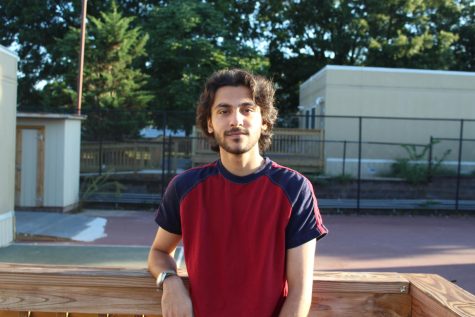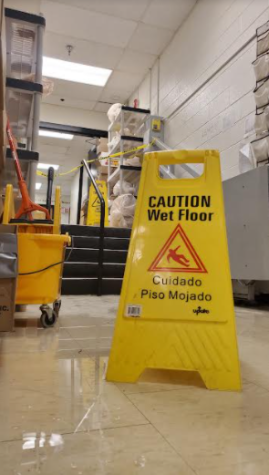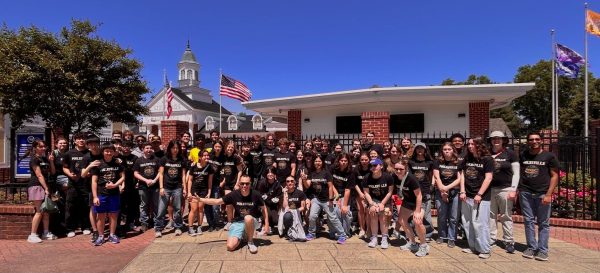Technology and art: how Alicja Kwade is selling her DNA as NFTs
Multimedia artist Alicja Kwade released her piece “SELBSTPORTRAIT” on April 28th which contains her own DNA and is sold through Ethereum as non-fungible tokens. She has issued 10,361 NFTs with her DNA sequence being written as the strings of chemical bases found in human DNA: Adenine, Guanine, Cytosine, and Thymine. Each NFT is priced at around $300, the equivalent of 0.1 ETH. 1433 have been sold to date with owners holding between 1 and 10 NFTs. Owners of this NFT are randomly given 25 pages worth of Kwade’s DNA sequencing and are able to print them onto paper for a physical rendition of this piece.
Kwade’s goal was to be able to spread herself throughout the world and assimilate her existence into every corner possible. She chose NFTs rather than a physical medium because of the ease of distribution and sale. Anyone, anywhere at any time could purchase a fragment of “SELBSTPORTRAIT”, making it easy for her to disperse her biology internationally.
“If ‘distribution to consumers’ and maximizing profit by spiking the collectible nature of the piece was a primary goal from the conceptual birth of the piece then we run into some problems,” said art teacher Mr. Cameron Petke, “It taints the integrity of the artist in my opinion. Many critics of NFTs worry that an NFT collectible is simply made to be collected, therefore it isn’t true art,”
Kwade believes that in a sense, NFTs are symbolic of the universality that is a property of DNA. It shows that every human contains 99.9% of the same DNA, and only a fraction of our DNA is what separates us as human beings.
She believes that NFTs are all about authenticity, something that she wished to convey through this piece. According to ArtNews, she wishes to inform the viewer and holder of the NFT that although almost all DNA is shared amongst humans, the differences arise from external factors, factors that a human cannot control.
To some, this may seem like a gimmicky way of creating art but to Kwade this art piece is an abstract self-portrait of herself and of humanity as a whole. With the emergence of new technologies there is bound to be a revolution in the art world. Just as the invention of acrylic paints in the 1940s popularized a new medium of art, one that was fast drying and less expensive than its predecessor, oil paints, NFTs and other digital technologies present a revolutionary potential to the art world. Kwade herself believes that NFTs are something that will stick around and that artists should embrace this new and sometimes intimidating form of technology.
“I think NFTs will definitely stick around…there are obviously people who are just doing it now or investing it now because they see it as a trend…it’ll still have a lot of popularity amongst [dedicated] people and…amongst those who are involved in it,” said Humanities Junior, Esther Hong.
Kwade’s work has always focused around themes of philosophy, economics, time, phenomenology, and society and she has always found ways to challenge the public’s notion of these upheld standards. According to an interview with ArtForum, she likes to place emphasis on the fact that these standards are created due to extrinsic societal agreements and should be questioned.
Your donation will support the student journalists of Poolesville High School. Your contribution will allow us to purchase equipment and cover our annual website hosting costs.

Aarsh is a senior in the Humanities program. This is his second year with The Poolesville Pulse and first year as a Copy Editor. Outside of school, he...








